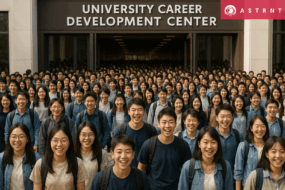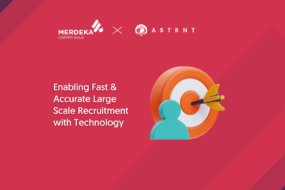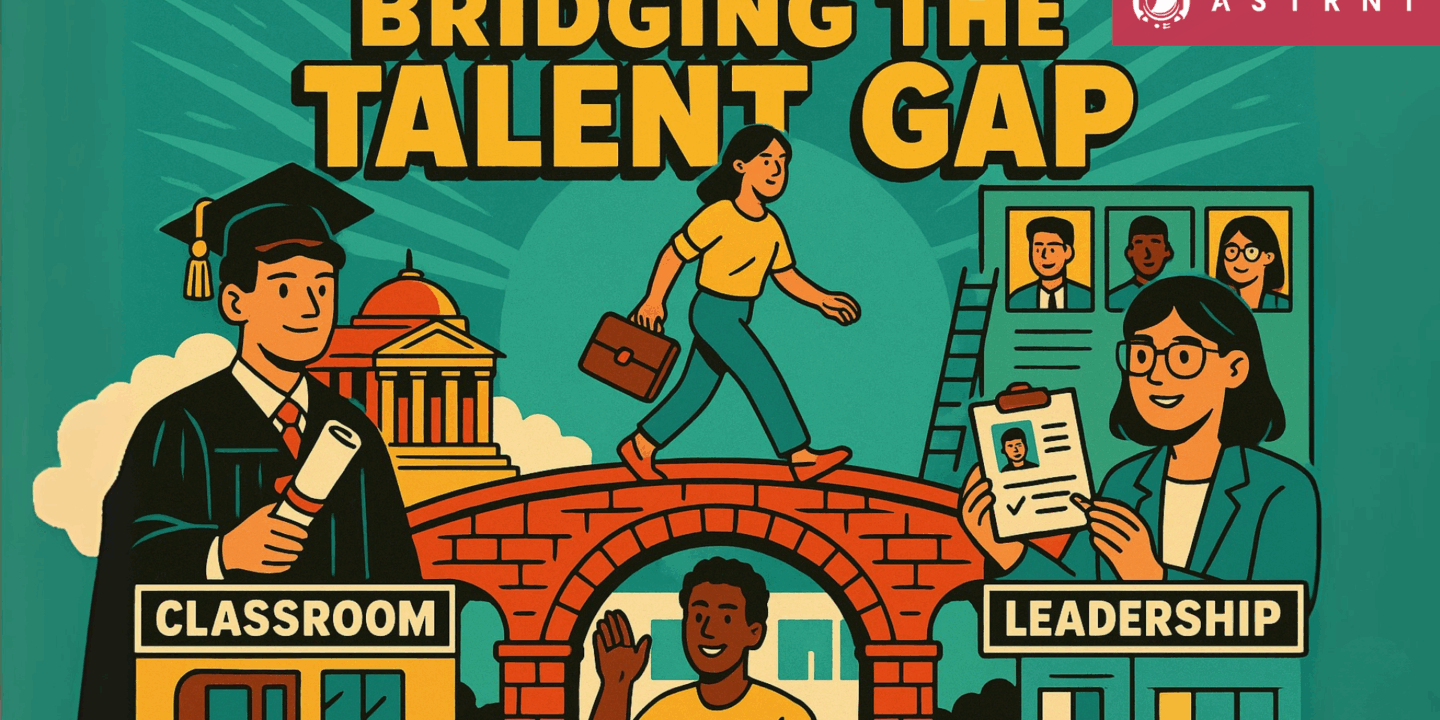
Author: Dira Tjokro | Editor: Intan Khatulistiwa
Why Talent Feels Stuck (and What We Can Do About It)
Most people experience the talent ecosystem as disconnected events, taken at different stages, evaluated with different standards, and judged in different contexts. This fractured journey slows down not only the individual’s growth, but also makes our entire education-to-employment system inefficient and misaligned.
What if you could practically solve this?
At ASTRNT, our vision is simple:
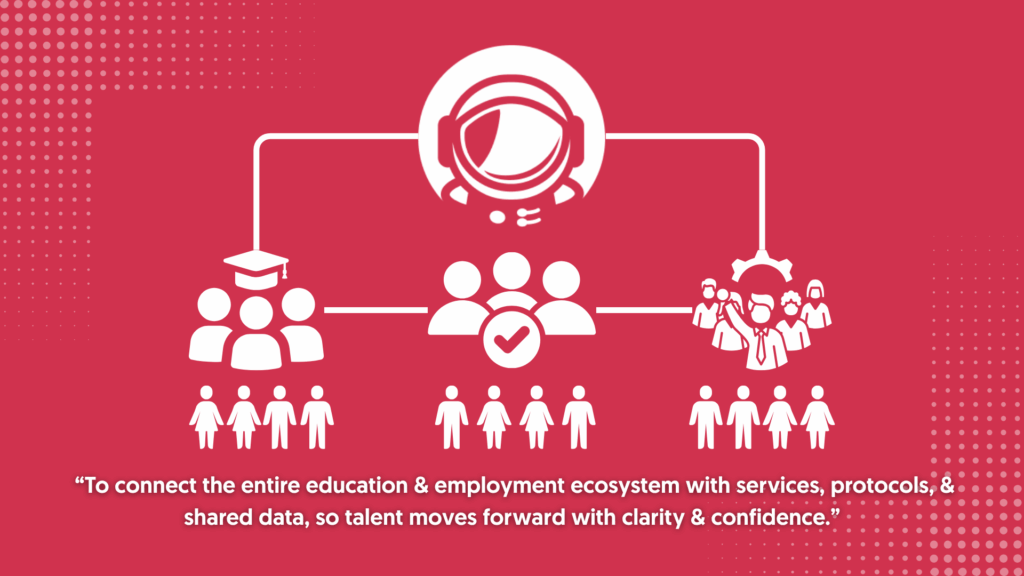
In many regions, students are still measured mainly by academic records and national exams, yet employers consistently report that academic achievement often fails to translate into workplace performance. In fact, 74% of employers in Asia Pacific report a lack of future-ready skills among graduates (WEF, 2023). So what are we really assessing?
Meanwhile, talent acquisition teams often still rely on outdated psychometric tools like MBTI or DISC that offer vague insights and have little predictive power. And promotions? Often driven by gut feelings or tenure, not by verified leadership potential.
Let’s walk through how ASTRNT is already changing this across Southeast Asia, and what it could mean if we scale the same transformation.
From High-Potential Students to Future Leaders
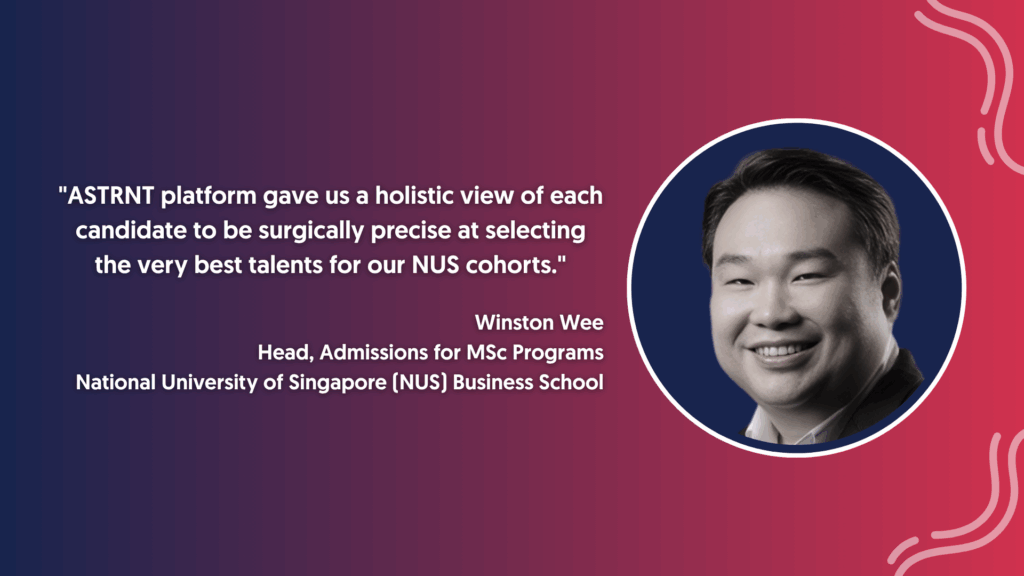
The admissions team at NUS wanted to go beyond GPAs. They needed to evaluate creative problem-solving, leadership potential, and adaptability, all without compromising scale or accessibility. By implementing ASTRNT, they used critical thinking assessments, behavioral simulations, and situational judgment tests to paint a complete picture of every applicant.
As a result:
- Diversity in applicant background significantly increased
- NUS cohort performance in real-world projects improved within the first year
What if other universities did the same? Imagine universities in your country or region using similar methods to unlock future leaders with a more holistic approach. We stop filtering for privilege or convenience and start discovering true potential.
From Applicant to Employee: Scaling Smart Hiring MBSB Bank Berhad
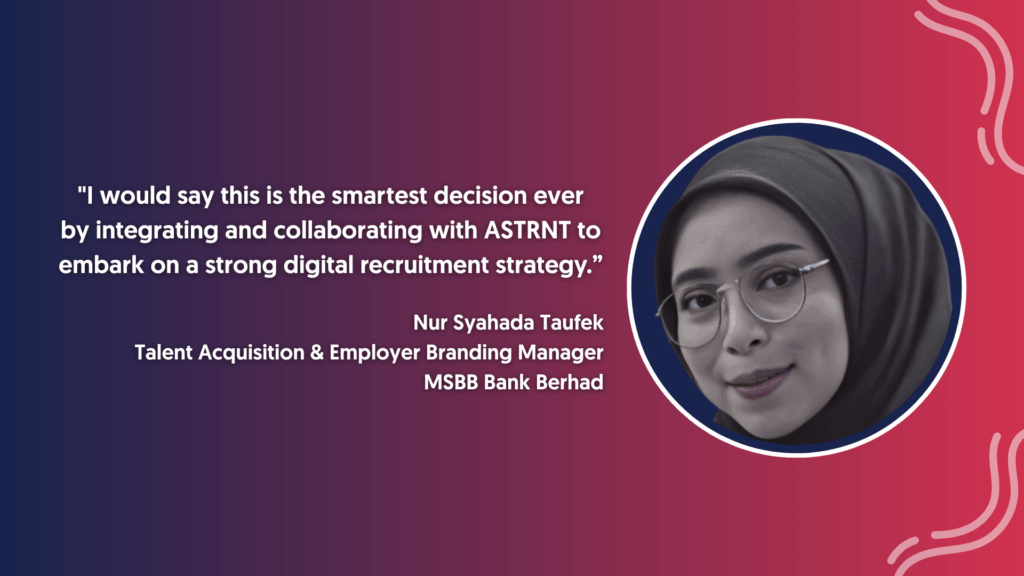
MBSB Bank Berhad faced the same challenge as many enterprises today: how do you handle high-volume hiring without sacrificing candidate quality?
Before ASTRNT, hiring was inconsistent. Managers relied on manual resume screening, ad-hoc interviews, and outdated tests. With ASTRNT, MBSB Bank Berhad deployed a structured, bias-free process:
- Asynchronous video interviews standardized across departments
- Role-specific simulations to test real-world skills
- Standardized tests & structured interview questions to assess fairly and precisely
- Instant scoring to rank and shortlist top candidates
The results were immediate:
- Time-to-hire slashed by up to 70%
- Hiring manager satisfaction improved across business units
- And most importantly, candidate performance aligned with expectations
What if government agencies and enterprises around the world adopted this model? By 2030, over 75% of the global workforce will be Millennials and Gen Z; digital natives who expect fairness, speed, and transparency in hiring. Yet most hiring processes today still run on outdated tools, gut instinct, and generic assessments. The result? Organizations are losing top talent before they even get a chance to impress.
With ASTRNT, that gap closes, because the old way isn’t just inefficient, it’s expensive, risky, and increasingly… irrelevant.
From Team Member to Future Leader: The Telkom Akses Shift
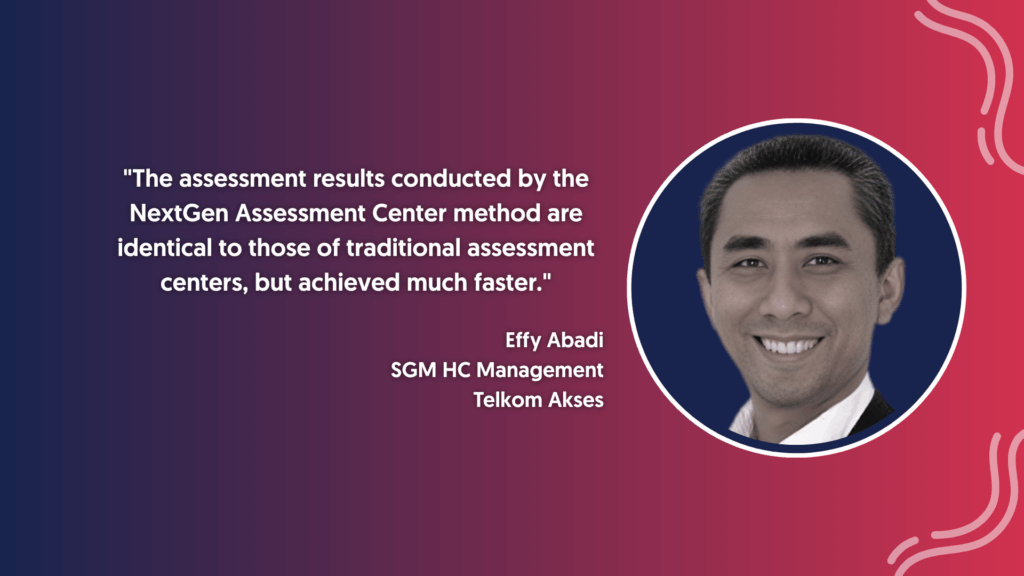
Telkom Akses didn’t need to hire more people. They needed clarity. Who’s ready to lead? Who needs reskilling? Who’s misaligned with their current role, and why? These questions can’t be answered with guesswork or tenure-based assumptions. That’s where ASTRNT’s NextGen Assessment Center (NGAC) came in.
Instead of relying on outdated, time-intensive methods, Telkom Akses deployed:
- Role-play simulations based on real business scenarios
- Strategic case studies measuring analytical thinking & stakeholder agility
- Benchmarks that mapped individuals against high-performing leadership traits
The outcome?
- Promotions based on data, not favoritism
- Realignment of roles based on performance gaps
- Development plans driven by evidence, not politics
- Evaluations completed in half the time of traditional assessment centers
What if global enterprises, ministries, or public organizations used this same approach? According to Gartner, only 1 in 5 HR leaders believe their succession pipelines are future-ready. Meanwhile, a McKinsey study found that most organizations are promoting based on “who’s next”, not “who’s best.”
Honestly, assessment isn’t just about moving people up. It’s about closing the gap between someone’s current capabilities and the role they’re expected to fulfill, whether that means promotion, repositioning, or, in some cases, letting go.
The future demands a leadership class that’s adaptive, ethical, and deeply aligned with strategic goals.
But without data-rich, context-aware tools like NGAC, most companies are flying blind.
What if you could see, measure, and shape leadership, before it breaks?
One Strategic Journey, Not Three Separate Ones

Ready to Power Talent Across the Journey?
From the moment someone applies for a university program, to their first job, and eventually their promotion, ASTRNT brings continuity, structure, and fairness to the talent journey. Try ASTRNT and experience how one platform can connect education to employment, and beyond.
Imagine your country’s next breakthrough founder, policymaker, or industry innovator might be sitting in a small classroom, somewhere, applying to a corporate, or quietly leading in a mid-level role at an NGO.
Let’s make sure we don’t miss them.
Ready to support talent from classroom to c-level?






